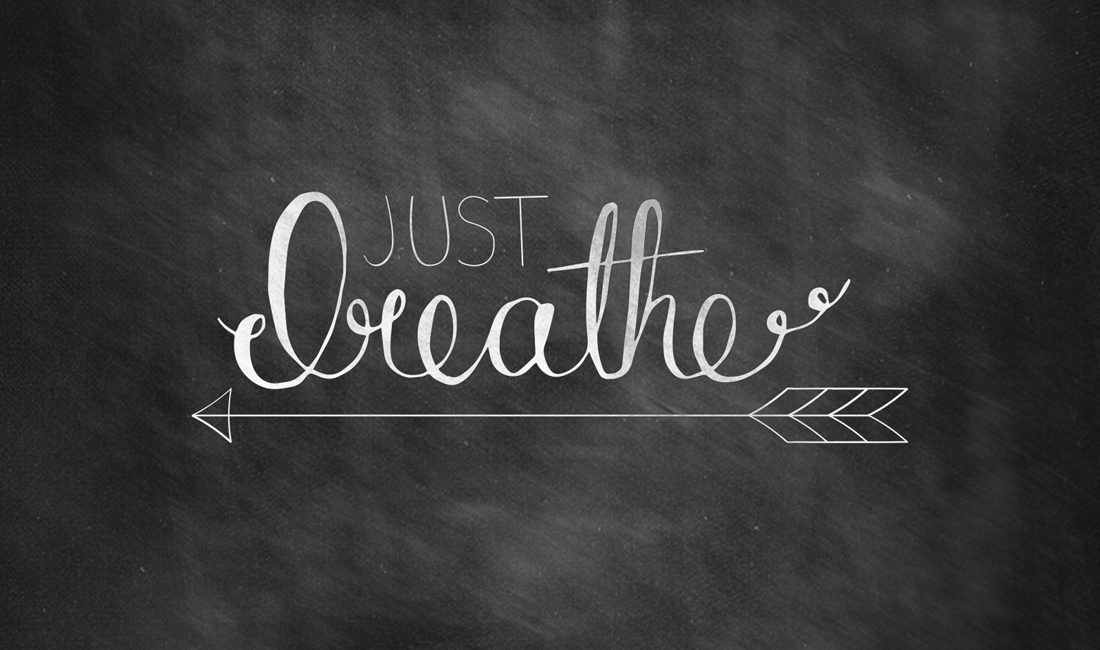I sigh . . . A LOT! My Silver Fox is always asking, “What’s that big sigh for?”
And when I was at the doctors recently, for a crazy pill checkup, my doctor noticed my sighing. I had been having dizzy spells and feeling faint when I stood up. First of all she thought it was low blood pressure but when she noticed my sighing, she put it down to not breathing properly. I shallow breathe from my chest rather than my belly.
So I contacted my beautiful friend Edit, who is a yoga practitioner, psychologist and sex therapist (I know right?! She’s amazing) to write something for the F.A.B Mumma blog to help us all to start breathing better for our mental health.
Without further ado, here’s how to practice better breathing . . .
Breathing for Mental Health
For many people dealing with stress, depression or anxiety, yoga and various breathing techniques can help to feel better and manage symptoms. Scientific evidence is growing that various breath practices are beneficial to improving overall health, including mental health.
And as we all know, breathing is the only means of supplying our bodies and its various organs with oxygen which is vital for our survival.
So, there’s high breathing and low breathing . . .
High Breathing
High breathing takes place primarily in the upper part of the chest and lungs, and involves raising the ribs, collarbone and shoulders. People with asthma, a tight belt, a full stomach or who otherwise become short of breath, tend to resort to high breathing.
High Breathing is naturally shallow and is caused by deliberately drawing in the abdomen and forcing its contents upward against the diaphragm and into the chest cavity.
This is the least desirable form of breathing since the upper lobes of the lungs only a small capacity for air. Also, the upper rib cage is fairly rigid, so not much expansion of the ribs can take place.
A great deal of muscular energy is expended in pressing against the diaphragm and in keeping the ribs and shoulders raised abnormally high.
This form of breathing is quite common, especially among women, probably because they often wear tight clothes around the waist, which prevents far superior abdominal breathing.

Low Breathing
How to breathe better through low abdominal breathing
- Breath through your nose . . . the mouth is for eating!
- Inhale into your belly so your belly expands. You may want to put your hands on your tummy to feel this at the beginning.
- Exhale and let the air leave your body slowly. You may pull your tummy in slightly when you exhale.
So the abdomen expands when you inhale not your chest.
Benefits of low abdominal breathing
- More air is taken in when inhaling, due to greater movement of the lungs and the fact that the lower lobes of the lungs have a larger capacity than the upper lobes;
- The diaphragm acts like a second heart. Its piston-like movements expand the base of the lungs, allowing them to suck in more venous blood- the increase in the venous circulation improves the general circulation;
- The abdominal organs are massaged by the up and down movements of the diaphragm; and
- Low breathing has a beneficial effect on the solar plexus, a very important nerve centre.
Breathing Technique for Anxiety
If you suffer from anxiety, practice your breathing by focusing on your exhalations (breathing out) and lengthening them. Do this deliberately and gradually.
For example, if your everyday exhalation lasts six counts, lengthen each one out to seven counts for a few breathing cycles. Then try eight for a few cycles, and so on, until you find a length that suits you.
Once you’ve comfortably increased the length of your exhalations by a few counts, turn part of your attention to the subtle sound of them. You’ll notice that each one makes a soft “ha,” like a gentle sigh.
Try to make this sound, and your exhalations, as soft and even as possible from beginning to end. Pause briefly at the end of each exhalation, resting peacefully in the stillness.
Continue like this and watch your breath as steadily as you can for 10 to 15 minutes.
Breathing Technique for Fatigue
To improve your breathing when struggling with fatigue, settle into your everyday breath. After it has slowed down and smoothed out, pause briefly after an exhalation (breathing out). Rest peacefully in the stillness.
After a few seconds, you’ll feel a kind of ripple . . . it’s the swell of your next inhalation, building like a wave approaching the shore. Don’t take the inhalation immediately, instead, allow it to gather and grow for a few more seconds. Then, without effort or resistance, gratefully receive the breath.
Continue to practice lengthening your exhalation retentions for 10 or 15 breaths. Then begin to lengthen your inhalations gradually, just as you lengthened your exhalations in the previous exercise for anxiety.
Try to make your inhalations as soft and even as possible from beginning to end, and continue to watch your breath as steadily as you can for 10 to 15 minutes.
Breathing Technique for Depression
Changing your breathing habits with depression can be more difficult than with either anxiety or fatigue. For that reason, be cautious about ‘fixing’ your breathing when you’re feeling blue. Forcing the breath can quickly exacerbate your lousy mood.
So, as with any breath-work, start by settling into a comfortable position and allowing your everyday breath to slow down and smooth out. Then count the length of your next inhalation. When you release your exhalation, match its length to that of the inhalation.
Continue like this for a minute or so, balancing the length of the inhalations and exhalations. Then gradually, just once out of every three or four cycles, add another count to each inhalation and each exhalation until you reach a number that suits you. We call this equal ratio breathing.
For depression, the effect of the breath on your mood is the best indicator of how long you should continue the exercise. Start out with a particular time-goal in mind, say 10 minutes, but be ready to shorten that by a few minutes if you feel your depression lifting. On the other hand, you can continue on past your goal for a few minutes if you’re feeling okay.

How often do I need to practice my breathing?
There’s no correct answer. Like everything, practice makes perfect. So the more you exercise your ability to watch your breath, the better you will become at doing it. Even just 5 minutes a day spent on yourself and your breathing will help in the long term.
If you can, schedule a regular 10-minute breath-awareness practice during a quiet part of the day. For many people, early morning is best. But if that seems like too much of a commitment, just close your eyes and take 60-second conscious breathing breaks at random moments in your daily routine.
You might find that these breaks are almost as energising as a coffee break and they have a lot fewer side effects. In fact, you may discover that conscious breathing not only soothes your emotions and boosts your energy but it also makes your life richer and more fun.
Practice Gratitude
Finally, giving thanks at the end of each night is another important part of the therapy ritual, as gratitude and a reminder of the good things in life are key to the self-healing process.
 Loves and hugs,
Loves and hugs,
Edit
Edit is SUPER approachable so, please, if you need further advice with breathing for mental health, contact Edit directly on 0210 327 223 or edit@activeworklife.com.

2 comments
GOOD TECHNIQUES !
Thanks Victoria 🙂 xxx